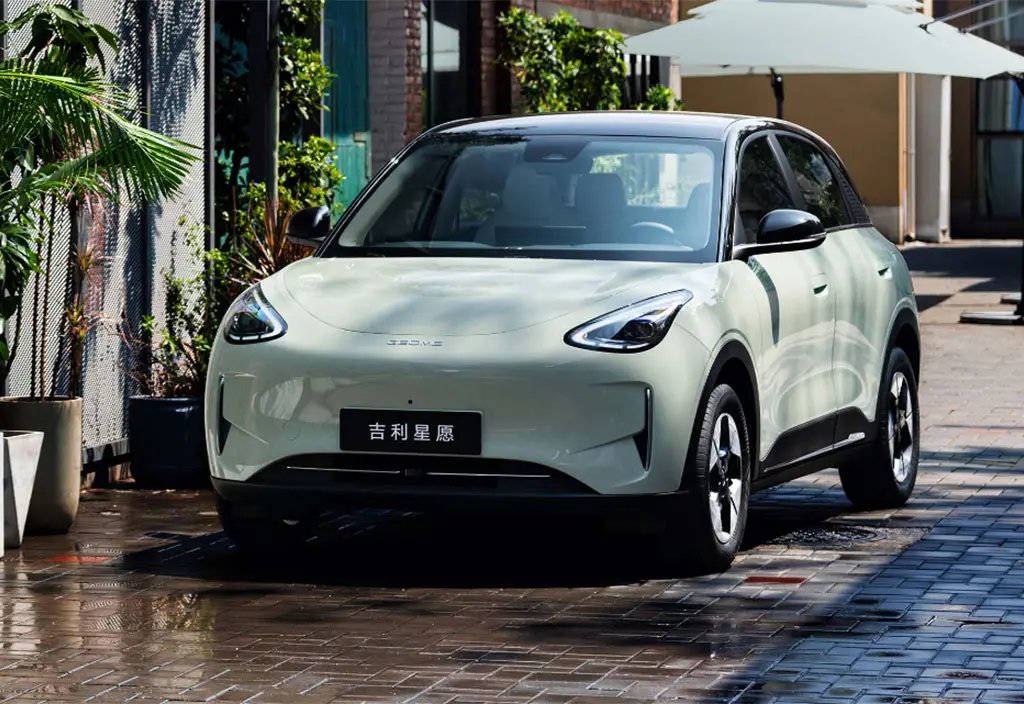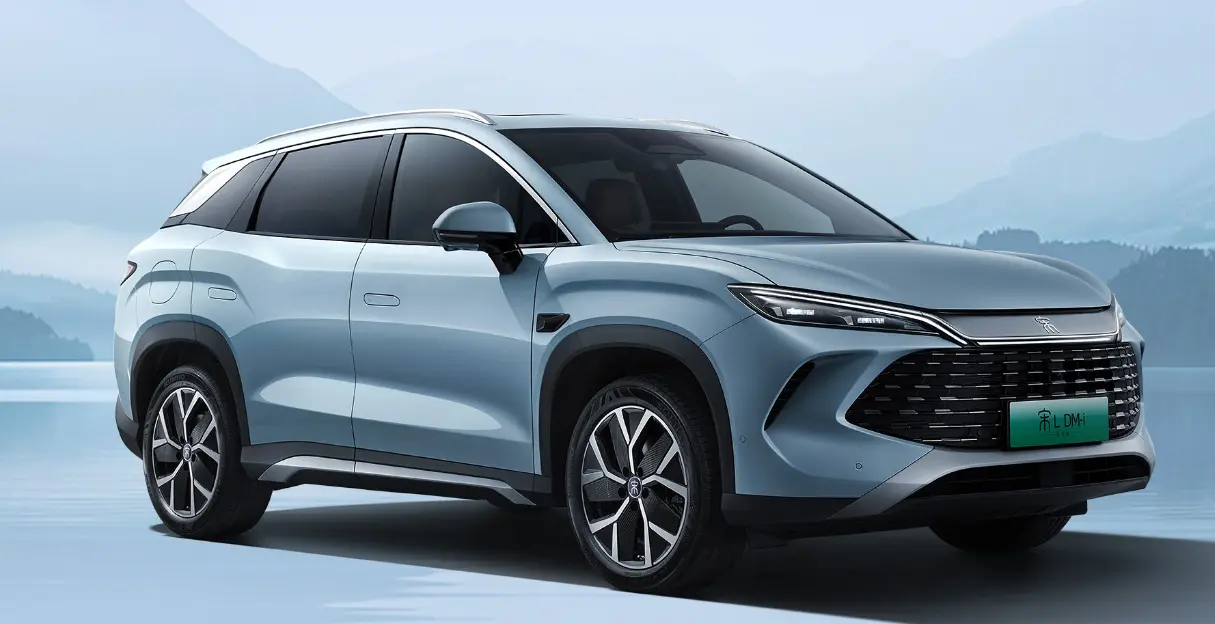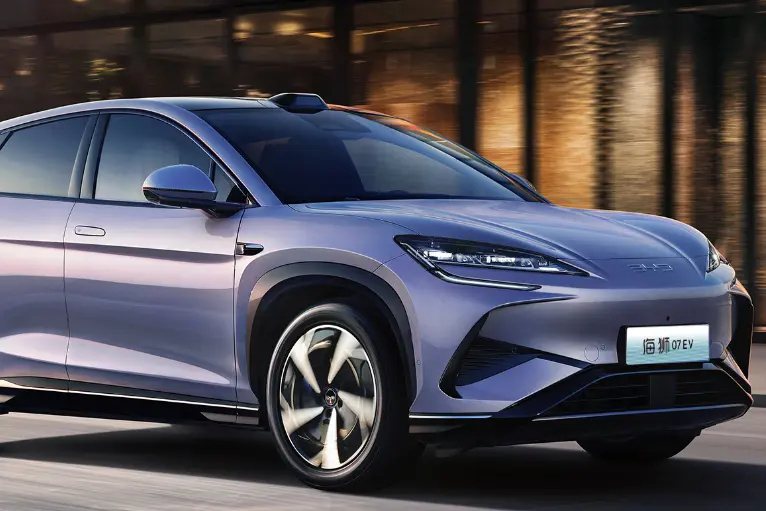Top Trends in Technological Innovation for New Energy Vehicles
Battery Technology Breakthroughs
All-solid-state batterieshttps://www.supplychainauto.com/ are expected to achieve mass production by 2030, with an energy density of over 500Wh/kg, supporting 10-minute fast charging for a driving range of 800 kilometers.
Deepening Intelligence
| AI large models are rapidly being integrated into vehicles. NEVs will feature more humanized interactive functions and "emotional perception" capabilities, and intelligent assisted driving functions based on large models will also be applied to more mass-produced models. |
Expanding Market Scale
The Chinese market will continue to lead. In 2024, NEVhttps://www.supplychainauto.com/ sales exceeded 11 million units, accounting for nearly 50% of domestic new car sales. In 2025, sales may surpass 16 million units, with a market penetration rate of over 55%.
Integrated Development of Industrial Ecology
|
The automotive industry will break traditional industry barriers, integrate cutting-edge technologies in multiple fields such as AI, materials, and energy, and promote the "evolution" of automobiles through ecological co-creation. The large-scale and market-oriented exploration of vehicle-road collaboration will continue to advance. In the future, automobiles will move from the "single-vehicle intelligence" stage to the "system intelligence" stage, becoming mobile computing power, energy storage, and perception terminals. |
Diversified Vehicle Structure
New energy commercial vehicles https://www.supplychainauto.com/will enter a period of rapid growth, competition in the SUV market will intensify, and automakers will launch more models of different levels and types.
Prominent Trend of Software-Defined Vehicles
| By 2030, 45% of automakers' profits will come from software revenues such as OTA updates and data services, and intelligent cockpit systems will become core selling points. |  |















